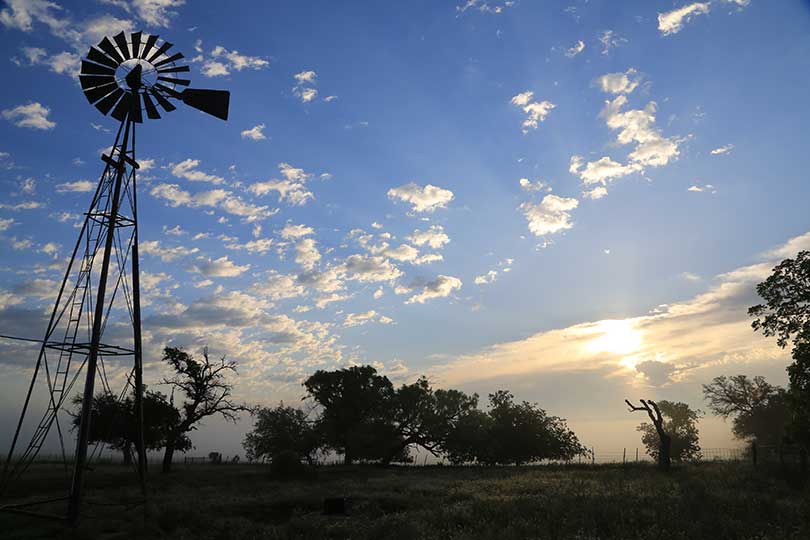By Emmy Powell
Communications Specialist
U.S. agricultural land values and cropland cash rents have reached new highs, seeing an increase for the fourth year in a row, according to the U.S. Department of Agriculture’s (USDA) Land Values 2024 Summary report.
Farm real estate
The farm real estate value is a measurement that includes the value of all and buildings on farms.
In Texas, the average farm real estate value increased by 7.3% to $2,800 an acre.
The average value for U.S. farmland is up 5% at the record high of $4,170 an acre.
Although agricultural land values continue to rise, the pace of growth has slowed compared to previous years.
This slower growth presents challenges for farmers who depend on their land equity to fund operations and investments, American Farm Bureau Federation (AFBF) economists noted. With land values rising more slowly, equity increases at a reduced rate, limiting farmers’ ability to use their assets to secure additional capital for essential inputs like seed and fertilizer. Lenders may also view this as a heightened risk, particularly if they anticipate land values stabilizing or declining.
Areas near urban centers with limited developable land experience upward pressure on real estate values from competing uses.
Cropland value
Like overall agricultural real estate values, the U.S. cropland value continues to increase, seeing a 4.7% jump over last year and averaging $5,570 per acre. The increase from last year, however, is the smallest since cropland declined in value in 2019 and 2020.
Texas cropland saw a 3% increase in price, bringing the average to $2,570 per acre.
Pastureland value
Average U.S. pastureland prices are $1,830 an acre, which is up 5.2% from 2023. Texas pastureland prices are up 6% at $2,200 an acre.
The jump in pastureland prices is indicative of the competition for acreage in hotspots.
Cash rents
The USDA report shows cash rents also jumped, ranging from 2.8% to 3.4% increases across cropland, irrigated and non-irrigated, and pastureland.
Texas renters are looking to pay an average of $46 per acre, which is 5% more than 2023.
The impact
“In a continued period of heightened input costs further exacerbated by inflationary pressures, high rent and land costs are yet another hurdle for farmers and ranchers working to produce more crops and raise more livestock,” AFBF economists said.
Increases in land values and rents go along with rising expectations of higher long-term operating profits, AFBF economists noted in a Market Intel report.
Farmers are forced to pay the rising costs for purchased or rented land.
Those high prices are a hurdle for farmers currently renting farmers and those farmers and ranchers just getting their start in agriculture.
“The current economic environment highlights the farmers’ call for updates to their safety net in the farm bill to support the continued stability and productivity of the agricultural sector,” the economists wrote.


Leave A Comment